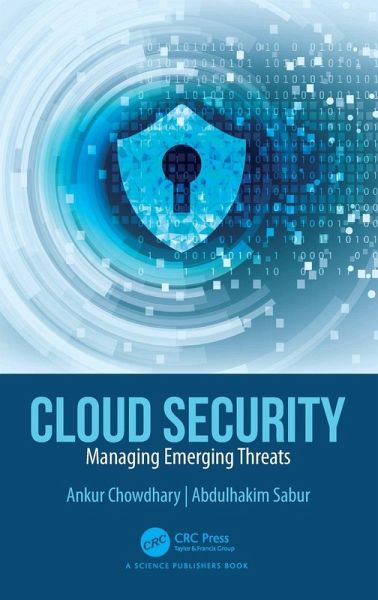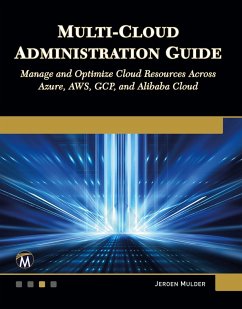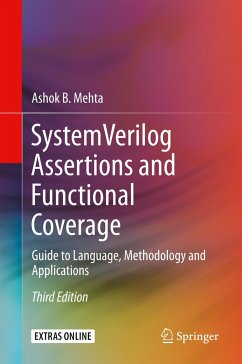
Cloud Security
Managing Emerging Threats
Versandkostenfrei!
Erscheint vorauss. 2. Dezember 2025
119,99 €
inkl. MwSt.

PAYBACK Punkte
60 °P sammeln!
The book reviews the zero-trust model that deviates from the traditional definition of trust boundaries and validates all interactions in a cloud environment. The incident response life cycle is used to prepare for, identify, contain, and eradicate security threats in the cloud. It discusses how automation and autonomous cyber defense tools based on Artificial Intelligence and Machine Learning and techniques can help resourceconstrained security teams address cloud security at a scale. The book also elaborates upon some helpful case studies on the practical deployment of cloud security solutio...
The book reviews the zero-trust model that deviates from the traditional definition of trust boundaries and validates all interactions in a cloud environment. The incident response life cycle is used to prepare for, identify, contain, and eradicate security threats in the cloud. It discusses how automation and autonomous cyber defense tools based on Artificial Intelligence and Machine Learning and techniques can help resourceconstrained security teams address cloud security at a scale. The book also elaborates upon some helpful case studies on the practical deployment of cloud security solutions, their limitations, and lessons learned based on case-studies experience in cloud security.












